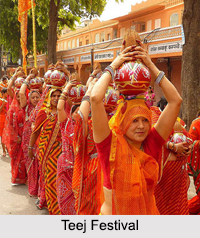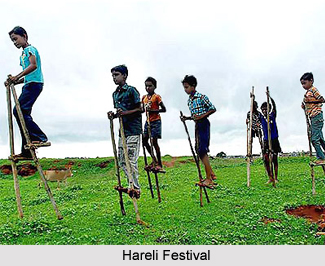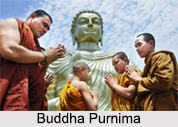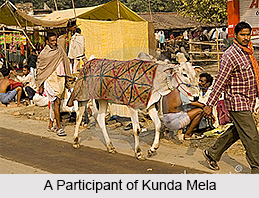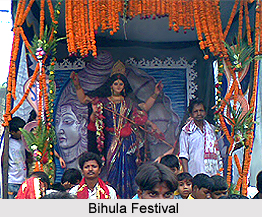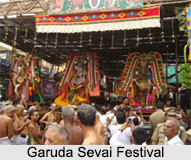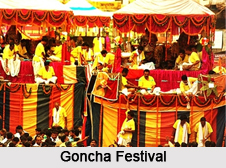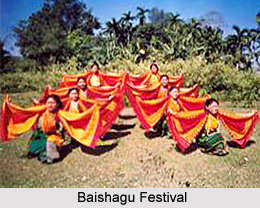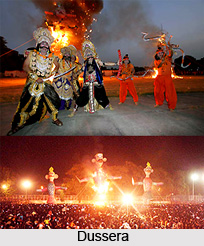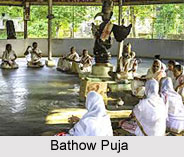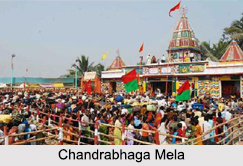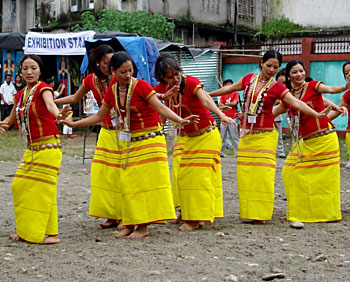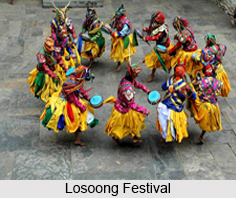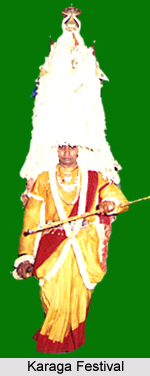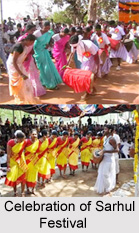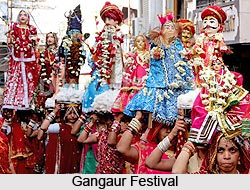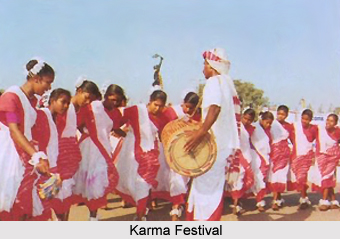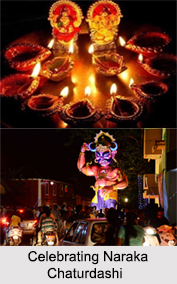 Celebrated on the 14th day or Chaturdashi of the Krishna Paksha in the Vikram Samvat Hindu calendar month of Ashvin, the festival of Naraka Chaturdashi falls on the second day of the five day long festival of Diwali. Also known as Kali Chaudas, Roop Chaudas, Choti Diwali or Naraka Nivaran Chaturdashi, the day of Naraka Chaturdashi is considered to be an auspicious occasion.
Celebrated on the 14th day or Chaturdashi of the Krishna Paksha in the Vikram Samvat Hindu calendar month of Ashvin, the festival of Naraka Chaturdashi falls on the second day of the five day long festival of Diwali. Also known as Kali Chaudas, Roop Chaudas, Choti Diwali or Naraka Nivaran Chaturdashi, the day of Naraka Chaturdashi is considered to be an auspicious occasion.
Mythology of Naraka Chaturdashi
As per sacred Hindu literature, it is believed that the asura Narakasura had defeated the Gods and imprisoned 16,000 women that included the daughters of the deities as well. So in order to rescue the women and slay Narakasura, Goddess Kali, Goddess Satyabhama and Lord Krishna fought a battle with the demon king and defeated him using Lord Krishna"s Sudarshan Chakra. Thus, this day is celebrated as Naraka Chaturdashi and is celebrated to abolish evil and indolence out of the people"s lives.
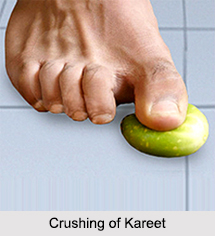 Rituals of Naraka Chaturdashi
Rituals of Naraka Chaturdashi
The day of Naraka Chaturdashi begins by early morning religious rituals and the puja is performed with oil, flowers and sandalwood. In western India, the festival of Kali Chaudas or Naraka Chaturdashi is highly suggestive of the origin of Diwali as a harvest festival is performed. Since it is celebrated on the second day of Diwali, the Naraka Chaturdashi is also known as Choti Diwali and is celebrated in Rajasthan, Goa and few parts of Maharashtra.
In some parts of India, Lord Hanuman is also worshipped with coconut and prasad of sesame seed, jaggery and rice flakes or poha with ghee and sugar. Since Naraka Chaturdashi is also celebrated as a harvest festival, the rice for poha is taken from the fresh harvest available at that time.
During the festive day of Naraka Chaturdashi, application of `kajal` is necessary, as well as performing a head wash in order to avert the evil eye or the `kali nazar`. Some people assert that `tantrics` learn brand new mantras on this day and others are of the view that `Nivet` is respectfully offered to please their Kul Devi who is believed to protect them from the evil spirits. Several families offer food to their departed ancestors on this very day.
In Goa, paper effigies of Narakasura are made filled with grass and firecrackers symbolising evil. These effigies are burnt at dawn and after the bursting of firecrackers, people return home to take a scented oil bath. There is a ritual of exchanging gifts and women of the house perform aarti of the men. Another significant aspect is the crushing of kareet, a bitter berry, under the feet in token of killing Narakasura, symbolising evil and removal of ignorance.
In the south Indian states like Karnataka and Tamil Nadu, on the day of Naraka Chaturdashi, the festival of Diwali is celebrated while the rest of the country celebrates it on the new moon night or Amavasya, which is the following day. In some parts of the southern regions the festival is also referred to as Deepavali Bhogi and in some Tamil households, a ritual called nombu is also observed and Lakshmi Puja is also celebrated on this day. In Karnataka the festival of Deepavali starts from this day i.e. Naraka Chathurdashi and extends till Bali Padyami.
